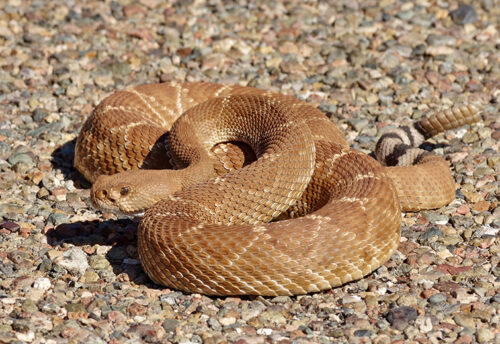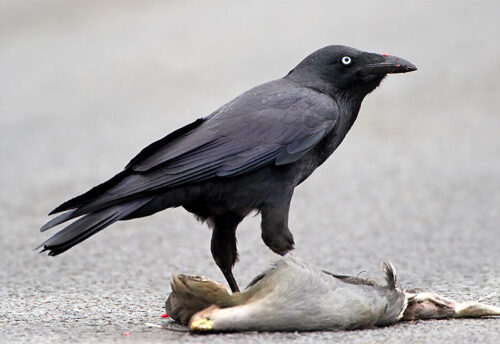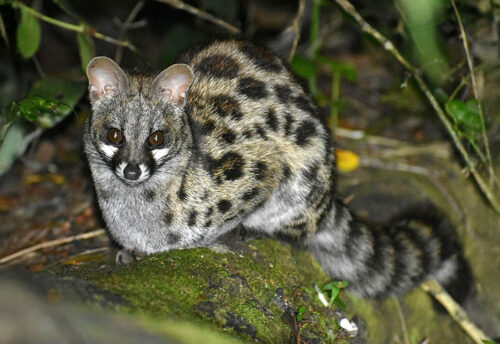
The Gouldian finch, aka lady Gouldian finch, rainbow finch, or Gould’s finch, hails from Australia. They prefer thickets, tropical savannahs, and woodlands with grassy plains; as long as they’re near a water source. Even though they face the threats of habitat destruction, at the hands of agriculture, mining, and fire suppression; hunting; trapping; invasive species – and with them disease; and climate change, these birds are still listed as Least Concern by the IUCN.
First the Stats…
Scientific name: Erythrura gouldiae
Weight: Up to .42 ounce
Length: Up to 5.51 inches
Wingspan: Up to 5.5 inches
Lifespan: Up to 9 years
Now on to the Facts!
1.) The Gouldian finch is a social bird that can gather into flocks of up to 2,000 individuals.
2.) A group of finches is called a flock, charm, treasury, rush, or vein.
3.) These colorful birds are diurnal (active during the day).
4.) While typically silent, they can emit a loud “ssitt” call, and they also produce hisses, trills, and soft chirps.
5.) They feast on half ripened and ripened grass seeds. Occasionally, they will also dine on small insects.
But wait, there’s more on the Gouldian finch!
6.) Gouldian finches are monogamous (mate for life).
7.) The male’s courtship dance consists of feather ruffling, puffing their chest up, and displaying their crest feathers.
Did you know…?
There are 11 recognized finch species.
8.) Females lay up to 8 eggs that hatch in up to 13 days.
9.) Both parents rear their young and tend to the nest.
10.) Chicks are born altricial (blind and helpless).
But wait, there’s still more on the Gouldian finch!
11.) With the help of brightly colored gapes, the parents are able to find their chick’s mouth in the otherwise dark nest.
12.) Only males have been recorded singing. Females are typically silent.
13.) These birds were first described in 1844 by British ornithological artist John Gould. He named them Amadina gouldiae, to celebrate his wife.
14.) Feral cats, hawks, and snakes prey on Gouldian finches.
Now a Short Gouldian Finch Video!
Be sure to share & comment below! Also, check out the Critter Science YouTube channel. Videos added regularly!
Want to suggest a critter for me to write about? Let me know here.
Think you know a lot about critters? Try your hand at these fun, free quizzes:



